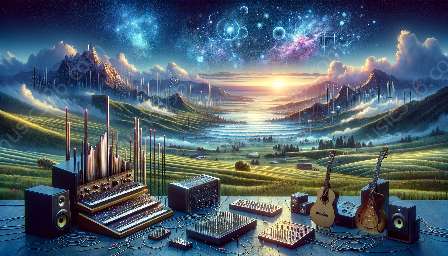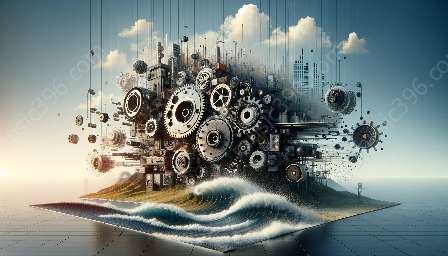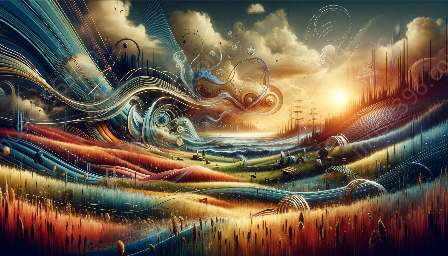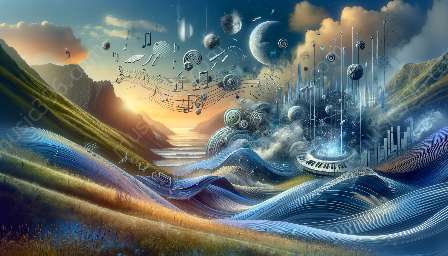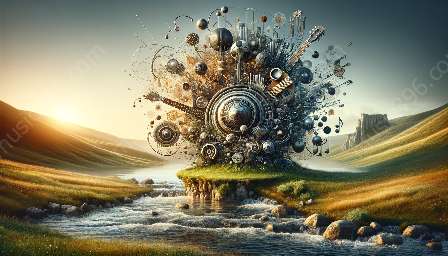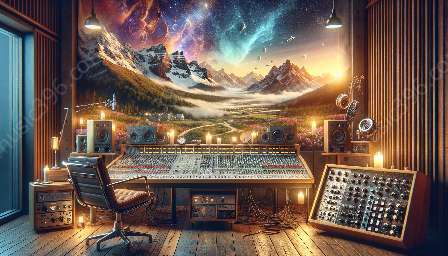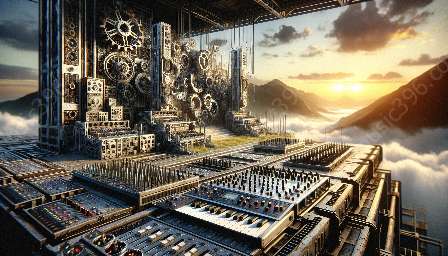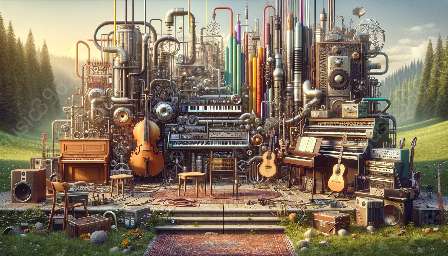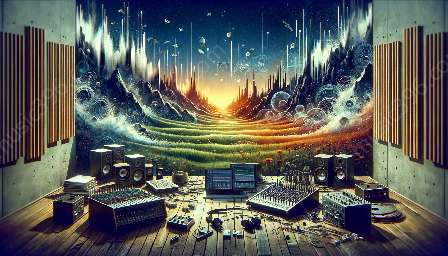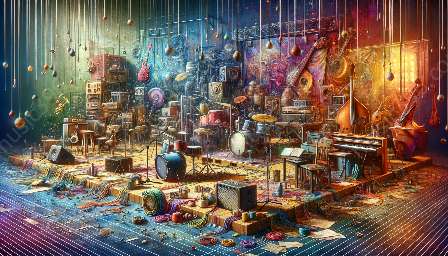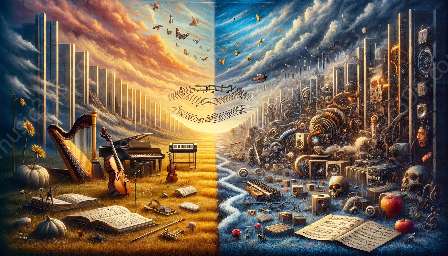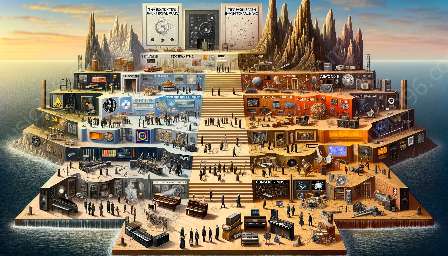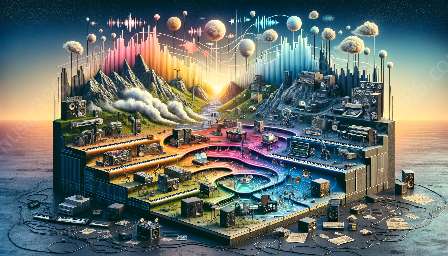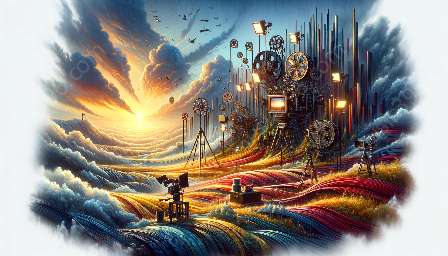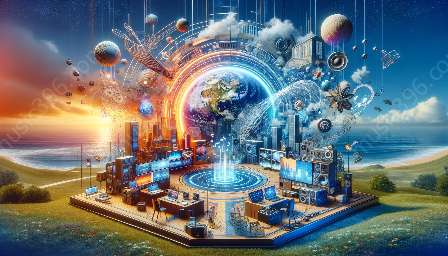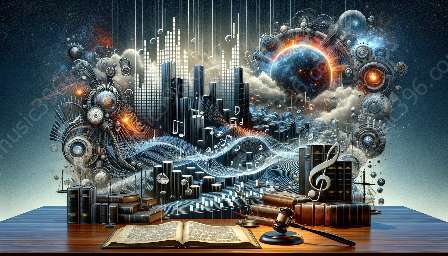Experimental music often pushes the boundaries of traditional sound production methods, leading to unique and unconventional techniques. However, these innovative approaches raise important legal implications, particularly in the context of intellectual properties and rights in experimental music.
Understanding Intellectual Property Rights in Experimental Music
Experimental music encompasses a wide range of genres and styles, often characterized by its non-conventional approach to composition and sound production. As such, it is essential to understand the different types of intellectual property rights that may come into play within the realm of experimental music.
Copyright: Copyright law protects original musical works, including compositions and recordings. In the context of experimental music, where unconventional sound production methods are prevalent, copyright protection extends to the unique soundscapes and sonic textures created through innovative techniques.
Sound Recordings: Beyond the musical composition itself, sound recordings also hold a separate layer of copyright protection. Unconventional sound production methods in experimental music may give rise to distinct and original recordings, which are entitled to copyright protection.
Sampling and Mashups: Experimental music often incorporates sampling and mashup techniques, which involve using pre-existing sound recordings to create new compositions. The legal implications of sampling and mashups in experimental music revolve around fair use, licensing, and permission from the original copyright holders.
Challenges and Considerations
Unconventional sound production methods present unique challenges and considerations in the legal landscape of experimental music. These challenges may include:
- Defining and protecting the originality of unconventional soundscapes
- Navigating the use of pre-existing sound recordings in experimental compositions
- Addressing the intersection of copyright law and technological advancements in sound production
- Ensuring fair compensation and recognition for innovative sonic contributions
Intersection of Experimental and Industrial Music
Industrial music, known for its abrasive and experimental soundscapes, often blurs the lines between traditional music and conceptual sonic art. As such, the legal implications of unconventional sound production methods in experimental music intertwine with the distinct characteristics of industrial music.
Performance and Visual Elements: Industrial music frequently incorporates visual and performative elements into its sonic presentation. This intersection raises legal considerations regarding the protection of multimedia artistic works and performance rights.
Noise and Distortion: Both experimental and industrial music explore noise and distortion as central components of their sonic palette. Legal implications arise in defining and protecting the unique sonic textures created through unconventional noise and distortion techniques.
Conclusion
Unconventional sound production methods in experimental music illuminate the complex interplay between creativity and legality. Understanding the legal implications, particularly in the context of intellectual property rights and copyright issues, is crucial for musicians, composers, and sound artists operating within the realm of experimental and industrial music. By navigating these legal considerations, artists can continue to push the boundaries of sonic innovation while safeguarding their creative contributions.




